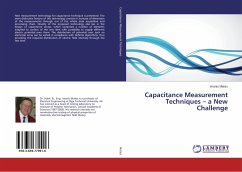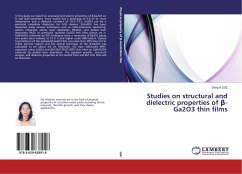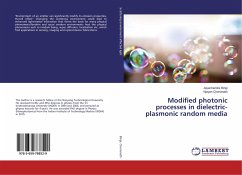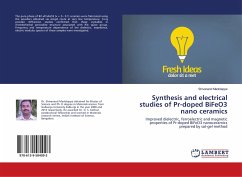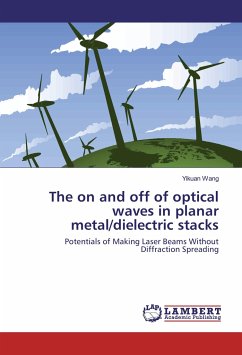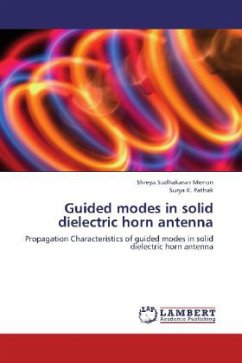There is a uniqueness theorem, other than one of electrostatic potential, that states charges given to a constant configuration of conductors take a unique distribution. Using it we get coefficients of potential. A simple carelessness has caused it is deemed that electrostatic potential is half of volume integration over D.E, while in it E must be replaced by a part of it that is the electrostatic field arising only from the external charges not also from the polarization charges. Capacitor's capacitance does not depend on the dielectric used in it and depends only on the configuration of its conductors. We correct some widespread current mistakes in these respects. Dielectric polarization in the capacitor of a circuit causes attraction of more charges onto the capacitor. So, we must consider capacitor's dielectric as a source of potential not changer of capacitance. These two are not the same, eg it is shown that contrary to what is believed, resonance frequency of a circuit of RLC will increase by inserting dielectric into the capacitor, for which a report of a performed experiment is presented. What is calculated as K (dielectric constant) is in fact 2-(1/K).
Bitte wählen Sie Ihr Anliegen aus.
Rechnungen
Retourenschein anfordern
Bestellstatus
Storno


